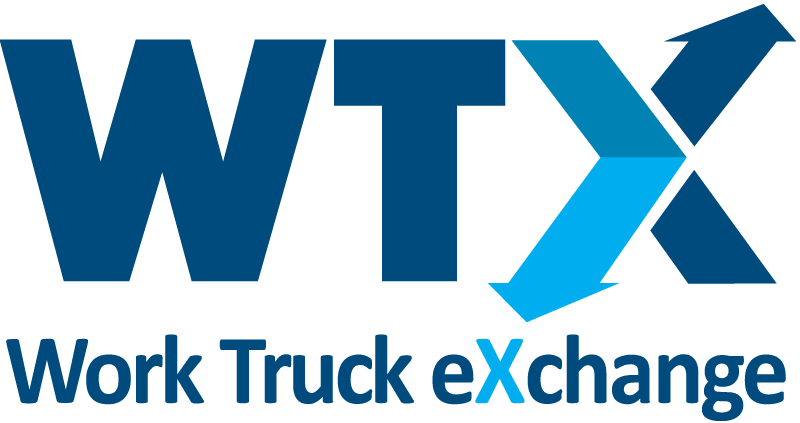Mexico took center stage as China's foremost choice for light-duty commercial vehicle exports.
How New Green Laws Will Affect Medium-Duty Market
It is predicted that the medium-duty truck market will coast through 2024, and then accelerates as new emissions standards loom into 2025.

